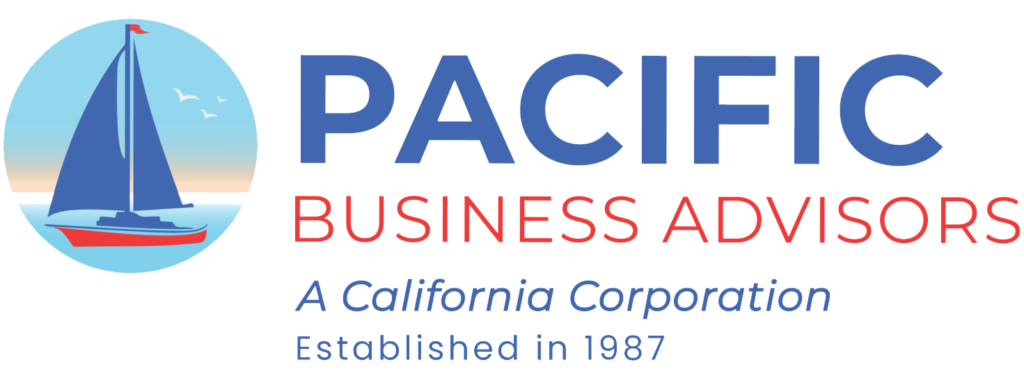

Glossary of Accounting Terms
Fidelity Bond: A written promise to indemnify against losses from theft, embezzlement, defalcation, and misappropriation of money by employees.
FIFO: (First in, First out) A flow assumption in valuing ending inventories that assumes that the first goods sold were the first ones purchased.
Fixed Asset Schedule: A record of a firm’s assets that tracks acquisition dates and costs, depreciation methods used, and cumulative amounts of depreciation taken.
Fixed Assets: Tangible assets such as machinery and equipment, furniture and fixtures, and real property.
Fixtures: Attachments to buildings, which are not intended to be removed, and which cannot be removed without damage to the buildings. Those fixtures with useful lives presumed to be as long as that of the building itself are considered a part of the building; all others are classified as equipment.
General Journal: The journal in which all entries not recorded in special journals are recorded.
General Ledger: The collection of all accounts used by a firm to record changes in assets, liabilities, revenue, expenses, and equity.
Generally Accepted Accounting Principles (GAAP): The most widely accepted rules of financial accounting.
Generally Accepted Auditing Standards (GAAS): These are the standards established by the AICPA for the conduct and reporting of financial audits.
Going Concern Value: The combined value of a firm’s assets that would be paid by a purchaser who intended to continue operating the business.
Goodwill: The difference between a firm’s going concern value and its liquidation value.
Gross Profit: The difference between total sales and costs of goods sold.
Historical Cost Principle: The listing of asset values based upon their acquisition price rather than their current market value.
Income Statement: A financial statement that measures economic performance in the most recent accounting period. The statement reflects revenue and expenses.
Intangible Assets: Assets such as patents, trademarks, and goodwill.
Internal Controls: The procedures used by a firm to protect its assets, insure reliability of its financial information, and prevent fraud.
Inventory: Goods held by a firm for resale to its customers.
Leasehold: The right to the use of real estate by virtue of a lease, usually for a specified term of years, for which consideration is paid.
Lease-Purchase Agreements: Contractual agreements which are termed “leases,” but in substance they are purchase contracts.
Leverage: The degree to which a firm uses debt to finance its operations.
Liabilities: A firm’s obligations to its creditors.
LIFO: (Last in, First out) An inventory flow assumption that assumes that the most recently sold inventory is also the most recently purchased.
Liquidation Value: The amount that would be paid for a firm’s assets on a piece meal basis.
Liquidity: The availability of cash in a business.
Long-Term Obligations: Those obligations expected to mature at some future date and therefore not expected to be liquidated with currently existing resources or current assets.
Loss: The excess of expenses over revenue.
PacificBusinessAdvisors.net
Office: 818-991-5200
Direct: 818-991-9019